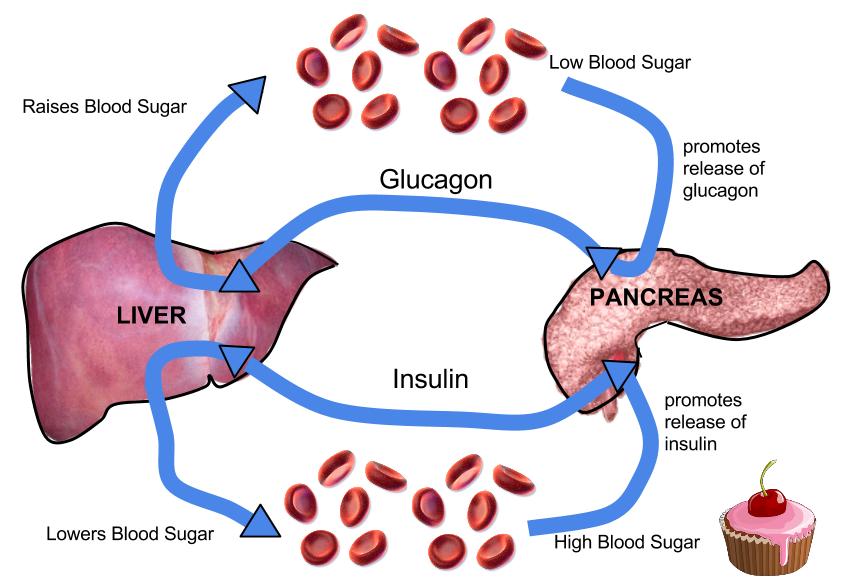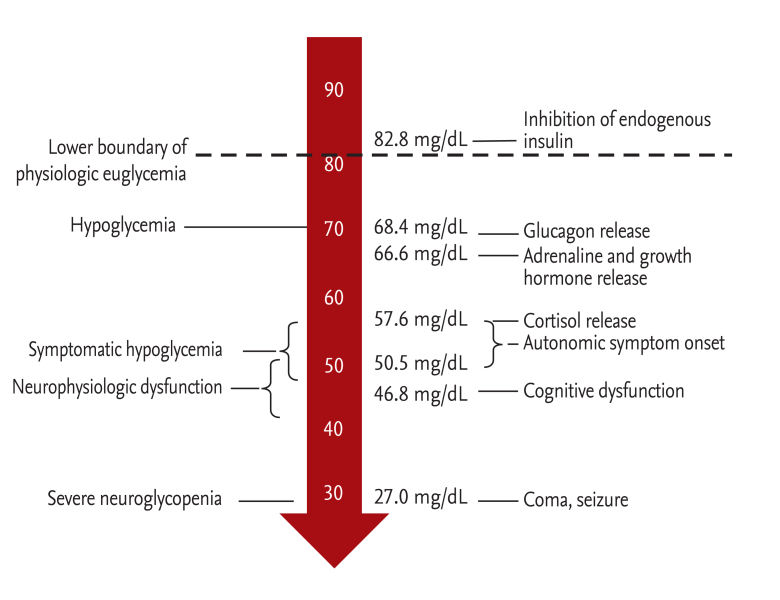Hypoglycemia, commonly referred to as low blood sugar, is a condition that occurs when the level of glucose in the blood drops below normal. This can lead to a variety of symptoms and complications if not addressed promptly. Understanding this condition, its symptoms, causes, and management strategies is essential for individuals who are at risk or experience it regularly.

What is Low Blood Sugar?
Low blood sugar refers to an abnormally low level of glucose in the bloodstream. Glucose is the primary source of energy for the body’s cells, and maintaining balanced levels is critical for proper bodily function. When glucose levels fall too low, the body may struggle to perform essential tasks, leading to a range of physical and cognitive symptoms.
Why is Glucose Important?
Glucose is derived from the foods we eat, particularly carbohydrates. Once absorbed into the bloodstream, glucose is transported to cells throughout the body. Insulin, a hormone produced by the pancreas, helps cells absorb glucose and use it for energy. Without sufficient glucose, the brain and other organs may not function properly, which is why low blood sugar can have serious consequences.
Symptoms of Low Blood Sugar
The symptoms of low blood sugar can vary depending on the severity of the condition and how quickly glucose levels drop. Some individuals may experience mild symptoms, while others may face more severe reactions. Recognizing these signs early is crucial for effective management.
Mild Symptoms
- Sweating
- Shakiness or trembling
- Hunger
- Dizziness or lightheadedness
- Rapid heartbeat
Moderate Symptoms
- Confusion or difficulty concentrating
- Irritability or mood changes
- Blurred vision
- Fatigue or weakness
- Tingling sensations around the mouth
Severe Symptoms
- Seizures
- Loss of consciousness
- Coma in extreme cases
It is important to note that some individuals, especially those with diabetes, may experience hypoglycemia unawareness, where they do not recognize the early warning signs. This increases the risk of severe complications and requires careful monitoring.
Causes of Low Blood Sugar
There are several potential causes of low blood sugar, and understanding these can help prevent episodes. While people with diabetes are at higher risk, non-diabetic individuals can also experience low blood sugar under certain conditions.
Diabetes-Related Causes
For individuals with diabetes, low blood sugar often occurs due to:
- Taking too much insulin or other diabetes medications
- Skipping meals or eating less than usual
- Engaging in unplanned or excessive physical activity without adjusting food intake
- Drinking alcohol, especially on an empty stomach
Non-Diabetes-Related Causes
In people without diabetes, low blood sugar can result from:
- Prolonged fasting or skipping meals
- Certain medications, such as those used to treat malaria or pneumonia
- Excessive alcohol consumption
- Hormonal imbalances, such as adrenal insufficiency or growth hormone deficiency
- Critical illnesses, including liver disease, kidney failure, or severe infections
Reactive Hypoglycemia
Reactive hypoglycemia is a specific type of low blood sugar that occurs a few hours after eating. It is thought to be caused by an overproduction of insulin in response to a meal high in carbohydrates. This condition is more common in individuals who have undergone gastric bypass surgery or have insulin resistance.
Management of Low Blood Sugar
Managing low blood sugar involves both immediate treatment during an episode and long-term strategies to prevent future occurrences. The approach may differ slightly depending on whether the individual has diabetes or not.
Immediate Treatment
When someone experiences low blood sugar, it is crucial to raise their glucose levels quickly. The following steps can help:
- Consume fast-acting carbohydrates, such as glucose tablets, fruit juice, or regular soda.
- Wait 15 minutes and check blood sugar levels again. If they are still low, repeat the process.
- Once blood sugar levels stabilize, eat a small snack or meal containing protein and complex carbohydrates to prevent another drop.
If the person is unconscious or unable to swallow, glucagon injections may be necessary. Caregivers of individuals with diabetes should be trained to administer glucagon in emergencies.
Long-Term Prevention
To reduce the risk of low blood sugar episodes, consider the following strategies:
- Monitor blood sugar levels regularly, especially before and after meals and exercise.
- Work with a healthcare provider to adjust medication dosages as needed.
- Eat balanced meals at regular intervals, avoiding long periods of fasting.
- Include a mix of carbohydrates, protein, and healthy fats in each meal to promote stable blood sugar levels.
- Avoid excessive alcohol consumption, particularly on an empty stomach.
- Wear a medical alert bracelet or carry identification indicating the risk of low blood sugar.
Lifestyle Modifications
Incorporating lifestyle changes can also play a significant role in managing low blood sugar:
- Exercise regularly but ensure adequate carbohydrate intake before and after physical activity.
- Stay hydrated, as dehydration can exacerbate symptoms of low blood sugar.
- Manage stress through relaxation techniques like meditation or yoga, as stress can impact blood sugar regulation.
When to Seek Medical Attention
While many cases of low blood sugar can be managed at home, there are situations where medical attention is necessary. These include:
- Severe symptoms such as seizures or loss of consciousness
- Frequent episodes of low blood sugar despite following prevention strategies
- Unexplained low blood sugar in individuals without diabetes
- Development of new symptoms or complications
In such cases, consulting a healthcare professional is essential to identify underlying causes and develop a personalized treatment plan.
Special Considerations for Children and Pregnant Women
Children
Children, especially those with type 1 diabetes, are at risk of low blood sugar. Parents and caregivers should be vigilant about recognizing symptoms and ensuring that children have access to fast-acting carbohydrates. Schools and daycare centers should also be informed of the child’s condition and provided with emergency supplies.
Pregnant Women
Pregnant women with diabetes need to monitor their blood sugar levels closely, as fluctuations can affect both the mother and the baby. Gestational diabetes, a form of diabetes that develops during pregnancy, can also increase the risk of low blood sugar. Working closely with a healthcare team is vital to ensure safe management.
Final Thoughts on Managing Low Blood Sugar
Low blood sugar is a manageable condition with the right knowledge and tools. By understanding its causes, recognizing symptoms early, and implementing effective treatment and prevention strategies, individuals can minimize the impact of this condition on their daily lives.





